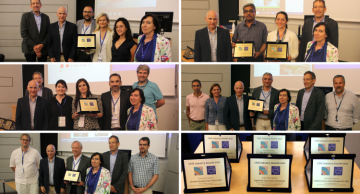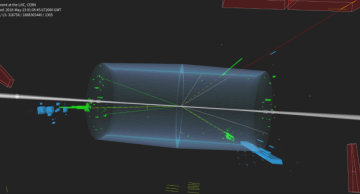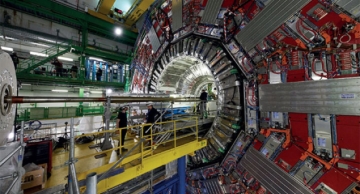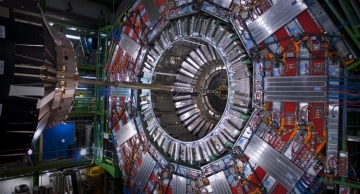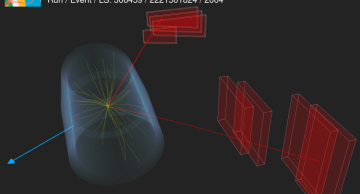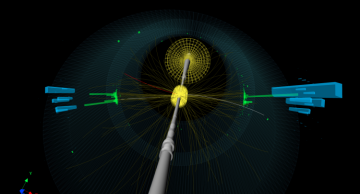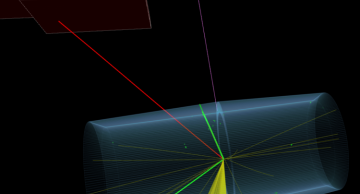Building the huge and complex CMS detector was a big engineering challenge but the contribution of industrial companies all across the globe made it possible. Their contributions are not only limited to the construction phase of the detector but are…
News
|
ikhalid |
Collaboration
As every year, we are happy to congratulate the CMS award winners!
CMS Collaboration is proud to successfully advance knowledge, scientific research and technology for years but, no doubt, all this would not have been possible without the…
|
ikhalid |
Collaboration
The CMS Collaboration recognizes the efforts and outstanding achievements of the young members of the CMS honoring them with the CMS Young Researcher Prize. This endorsement of their skills and dedication not only paves their future career path but…
|
ikhalid |
Collaboration
Each year, the CMS collaboration recognizes exceptional Ph.D. student work with the Thesis Award. The theses distinguished by the award may also provide inspiration and motivation for the new generations of students.
All Ph.D. students who conducted…
|
ajafari |
Physics
The LHC can be viewed not only as a hadron collider, but also as a boson collider. With the highest energies and collision rates ever, the LHC is pushing the limits of our understanding of rare processes such as W-photon scattering. The W bosons and…
|
ajafari |
Detector
The CMS detector, illustrated in Fig. 1, is centred around the largest and highest granularity silicon tracker ever built, including around twenty thousand detector units structured in thin cylindrical layers that extend over nearly 6 metres along…
|
ajafari |
Physics
The Large Hadron Collider, LHC, collides protons at an energy of 13 TeV — thirteen thousand times the mass of a proton. The high energy of the accelerator allows searching for (and maybe finding) new particles, but also in-depth studies of the…
|
ikhalid |
Detector
The Large Hadron Collider (LHC) at CERN is gradually restarting and in the summer bunches of protons will collide again at high energy, marking the start of Run 3.
Is CMS ready to manage the big amount of new data? The CMS Data Acquisition and…
|
ajafari |
Physics
The Large Hadron Collider (LHC) offers a unique opportunity to probe the internal structure of protons, with great precision and at unprecedented energies. According to Feynman’s parton model, protons are made up of three quarks, two “up”…
|
mazumdar |
Physics
Since the LHC collider started operating, more than a decade ago, several trillions of proton-proton collisions have taken place. Scientists have been painstakingly investigating the products of these collisions, as registered in their detectors, to…
|
mazumdar |
Physics
Since the discovery of the Higgs boson (H) in 2012, the ATLAS and CMS experiments at the CERN-LHC have made significant progress in understanding the properties of this new particle. It has zero spin, in agreement with the prediction of the well-…
|
mazumdar |
Physics
The biggest achievement of the LHC so far has been the observation of a Higgs boson in 2012. This is an outstanding confirmation of what today is the established theory that describes the fundamental interactions of particles, known as the standard…

